Planting Garlic at Home: It’s easier than you think, and I’m here to show you how! Imagine the satisfaction of harvesting your own pungent, flavorful garlic, ready to elevate your culinary creations. Forget those bland, store-bought cloves – we’re talking about homegrown goodness bursting with taste!
Garlic has a rich history, dating back thousands of years. Ancient Egyptians revered it, feeding it to the pyramid builders for strength and endurance. In many cultures, garlic is believed to ward off evil spirits and promote good health. Beyond its mystical properties, garlic has always been a culinary staple, adding depth and complexity to dishes around the world.
But why should you bother planting garlic at home? Well, for starters, the flavor is simply unmatched. Plus, you have complete control over the growing process, ensuring your garlic is organic and free from harmful chemicals. In today’s world, where we’re all looking for ways to be more self-sufficient and connect with nature, growing your own food is incredibly rewarding. This DIY guide will provide you with simple, step-by-step instructions and clever hacks to ensure a bountiful garlic harvest, even if you’re a complete beginner. Let’s get started and transform your garden (or even a pot on your balcony!) into a garlic-growing haven!
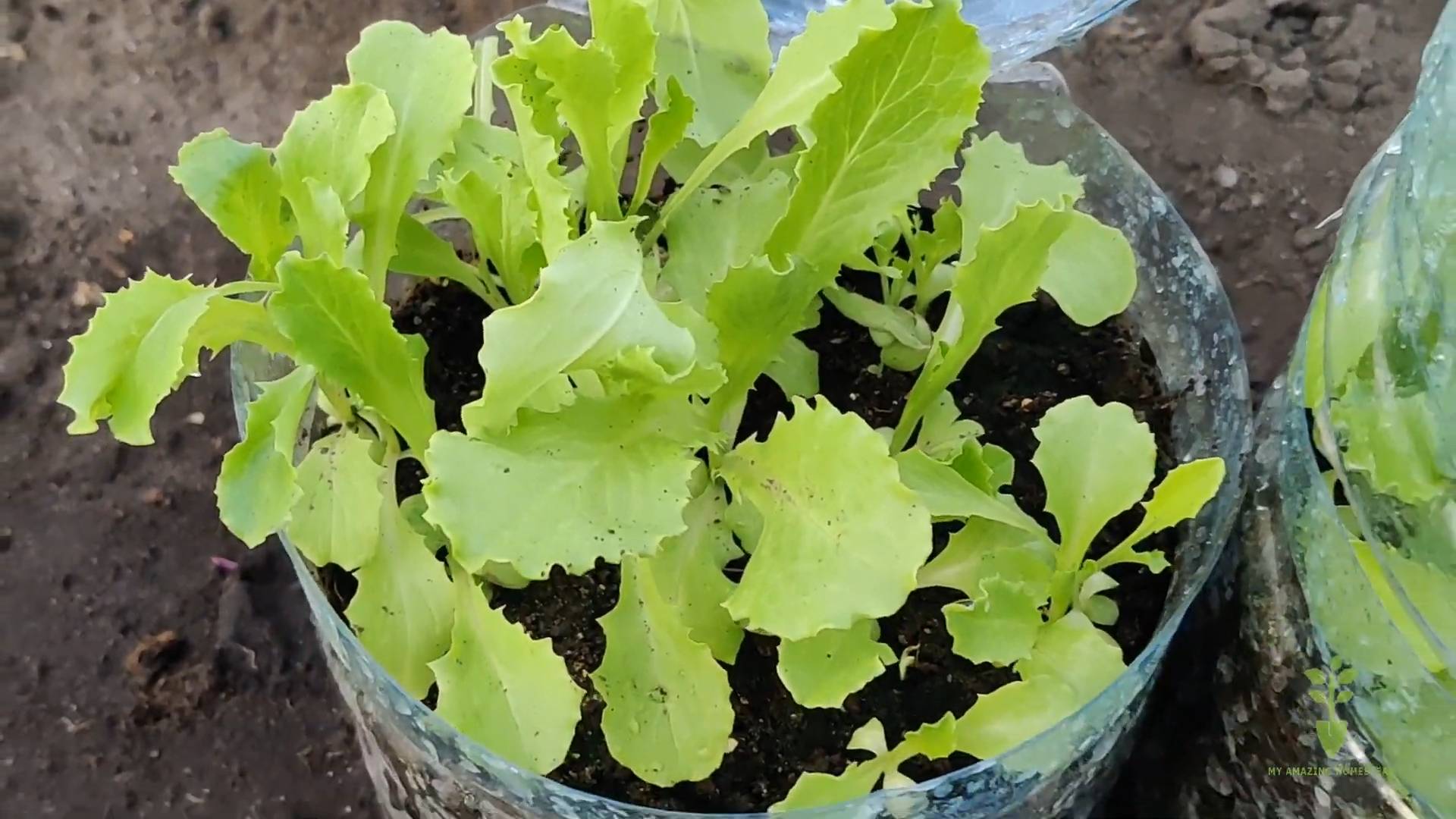
Planting Garlic at Home: A Beginner’s Guide to Growing Your Own Stinking Rose
Okay, garlic lovers, listen up! I’m going to walk you through the surprisingly simple process of planting garlic at home. Trust me, there’s nothing quite like the satisfaction of harvesting your own pungent bulbs. Plus, homegrown garlic tastes *amazing*. Let’s get started!
Choosing Your Garlic
Before we even think about digging in the dirt, we need to talk about garlic selection. Not all garlic is created equal, and choosing the right type is crucial for success.
* Hardneck vs. Softneck: This is the big one. Hardneck varieties are generally more cold-hardy and produce a flower stalk called a scape (which is delicious, by the way!). Softneck varieties are better suited for warmer climates and are what you typically see braided. I personally prefer hardneck for their flavor and the bonus scapes.
* Variety Matters: Within hardneck and softneck, there are tons of different varieties. Do some research to find out what grows well in your area. Local nurseries are a great resource for this! Look for names like ‘Music’ (hardneck, popular and reliable), ‘California Early’ (softneck, good for warmer climates), or ‘Spanish Roja’ (hardneck, strong flavor).
* Source Wisely: Don’t just grab garlic from the grocery store! While it *might* sprout, it’s often treated to prevent sprouting and may not be suited to your climate. Instead, buy “seed garlic” from a reputable nursery or online supplier. Seed garlic is specifically grown for planting.
* Look for Healthy Bulbs: When you get your seed garlic, inspect it carefully. The bulbs should be firm, plump, and free from any signs of mold, rot, or damage.
Preparing for Planting
Alright, you’ve got your garlic. Now, let’s get our ducks in a row before we get our hands dirty.
* Timing is Key: Garlic is typically planted in the fall, about 4-6 weeks before the ground freezes. This allows the cloves to establish roots before winter sets in. In warmer climates, you can plant in late winter or early spring.
* Sunlight: Garlic needs plenty of sunshine – at least 6 hours a day. Choose a spot in your garden that gets full sun.
* Soil Preparation: Garlic loves well-drained soil that’s rich in organic matter. Amend your soil with compost or well-rotted manure before planting. This will provide essential nutrients and improve drainage. I usually add a generous layer of compost and till it in.
* Testing Your Soil (Optional but Recommended): A soil test can tell you the pH and nutrient levels of your soil. Garlic prefers a slightly acidic to neutral pH (around 6.0-7.0). You can buy a soil testing kit at most garden centers.
* Fertilizing (Optional): If your soil is lacking in nutrients, you can add a balanced fertilizer before planting. Follow the instructions on the fertilizer package.
Planting Your Garlic: Step-by-Step
Okay, the moment we’ve been waiting for! Let’s get those cloves in the ground.
1. Separate the Cloves: Gently separate the cloves from the bulb. Leave the papery skin on each clove intact. Only separate the cloves right before planting. Don’t separate them weeks in advance.
2. Prepare the Planting Bed: Rake the soil smooth and remove any rocks or debris.
3. Dig the Holes: Dig holes that are about 2-3 inches deep and 6 inches apart. If you’re planting multiple rows, space the rows about 10-12 inches apart.
4. Plant the Cloves: Place each clove in a hole, pointy side up. This is important! The pointy end is where the leaves will emerge.
5. Cover the Cloves: Gently cover the cloves with soil and pat it down lightly.
6. Water Thoroughly: Water the planting bed well after planting. This will help settle the soil and encourage root growth.
7. Mulch (Highly Recommended): Apply a thick layer of mulch (straw, shredded leaves, or wood chips) over the planting bed. Mulch helps to retain moisture, suppress weeds, and protect the garlic from extreme temperatures. I usually use a thick layer of straw.
Caring for Your Garlic
Planting is just the first step. Now, we need to nurture our garlic to ensure a bountiful harvest.
* Watering: Garlic needs consistent moisture, especially during dry periods. Water deeply whenever the soil feels dry to the touch. Avoid overwatering, as this can lead to rot.
* Weeding: Keep the planting bed free of weeds. Weeds compete with garlic for nutrients and water. Hand-pull weeds carefully to avoid disturbing the garlic roots.
* Fertilizing (Spring): In the spring, when the garlic starts to grow, you can give it a boost with a nitrogen-rich fertilizer. Fish emulsion or compost tea are good options. Follow the instructions on the fertilizer package.
* Removing Scapes (Hardneck Varieties): Hardneck garlic produces a flower stalk called a scape. Removing the scapes encourages the plant to put more energy into bulb development. Plus, scapes are delicious! Harvest them when they start to curl. You can use them in pesto, stir-fries, or soups.
* Pest and Disease Control: Garlic is generally pest-resistant, but it can be susceptible to certain problems, such as onion maggots or white rot. Inspect your plants regularly for signs of pests or disease. If you notice any problems, take action promptly. Organic pest control methods are always preferred.
Harvesting Your Garlic
The moment of truth! Harvesting garlic is the most rewarding part of the process.
* When to Harvest: Garlic is typically ready to harvest in mid-summer, when the lower leaves start to turn yellow and brown. Don’t wait until all the leaves are brown, as the bulbs may start to deteriorate.
* How to Harvest: Loosen the soil around the garlic bulbs with a garden fork or trowel. Gently lift the bulbs from the ground, being careful not to damage them.
* Curing Your Garlic: Curing is essential for long-term storage. After harvesting, brush off any excess soil and leave the bulbs to dry in a well-ventilated place for 2-3 weeks. You can hang them in bunches or spread them out on a screen.
* Storing Your Garlic: Once the garlic is cured, you can store it in a cool, dry, and dark place. Braiding softneck garlic is a traditional way to store it. Hardneck garlic can be stored in mesh bags or baskets. Properly cured garlic can last for several months.
Troubleshooting
Even with the best planning, sometimes things don’t go as expected. Here are a few common problems and how to address them:
* Small Bulbs: This could be due to several factors, including poor soil, insufficient sunlight, or overcrowding. Make sure your garlic is getting enough sun, water, and nutrients. Thin out the plants if they are too close together.
* Rotting Bulbs: This is usually caused by overwatering or poor drainage. Make sure your soil is well-drained and avoid overwatering.
* Pests: Inspect your plants regularly for signs of pests. Use organic pest control methods to address any problems.
* Disease: If you notice any signs of disease, such as yellowing leaves or spots, take action promptly. Remove any infected plants and dispose of them properly.
Enjoying Your Homegrown Garlic
Congratulations! You’ve successfully grown your own garlic. Now it’s time to enjoy the fruits (or rather, bulbs) of your labor. Use your homegrown garlic in all your favorite recipes. It’s so much more flavorful than store-bought garlic. You can also save some of your best bulbs to plant next year.
Happy gardening! I hope this guide helps you grow a bumper crop of delicious garlic. Let me know if you have any questions!
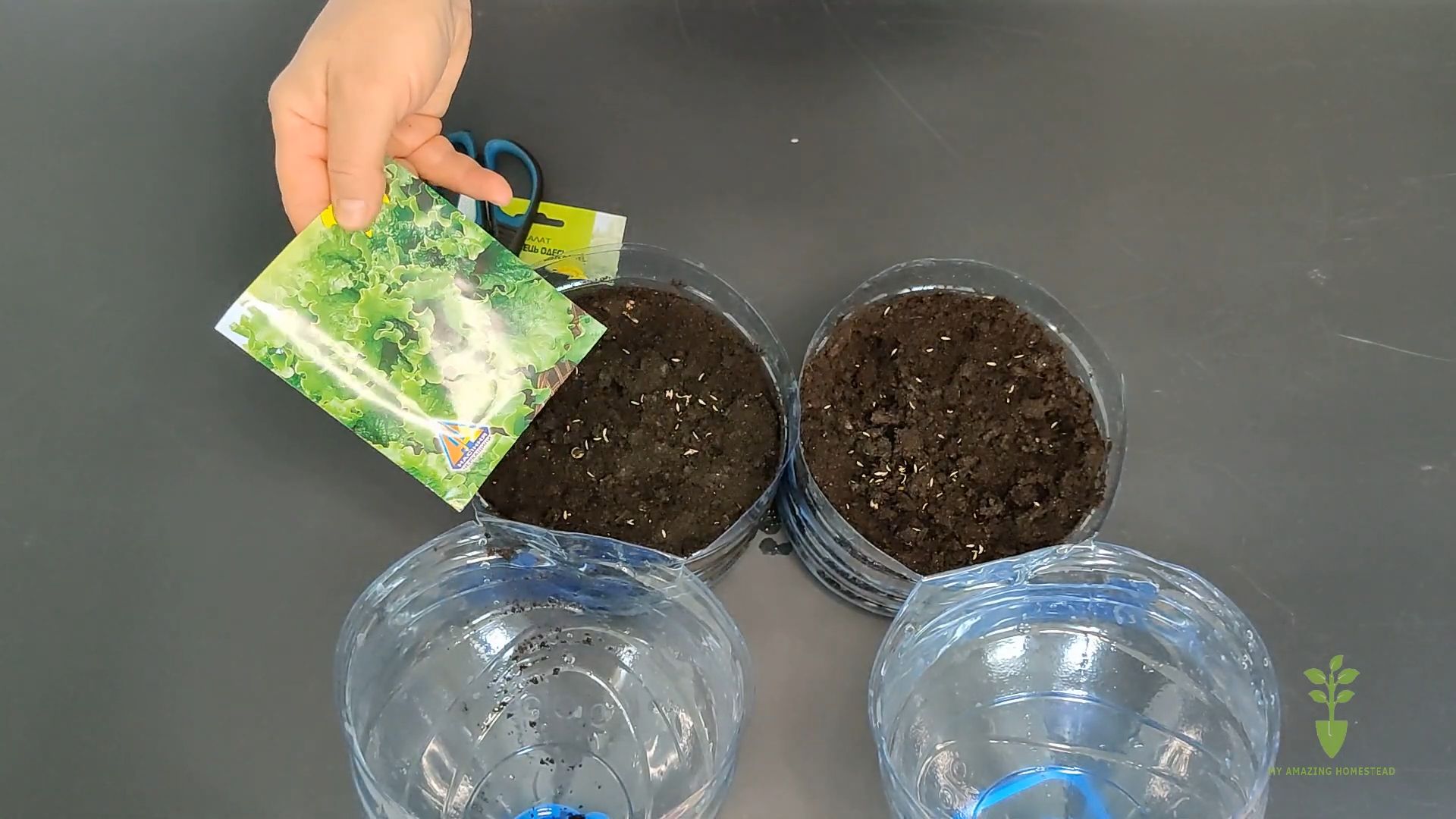
Conclusion
So, there you have it! Planting garlic at home is not only surprisingly simple, but it’s also incredibly rewarding. Imagine the satisfaction of harvesting your own plump, flavorful garlic cloves, knowing exactly where they came from and how they were grown. Forget those bland, imported bulbs from the supermarket; with this DIY trick, you’ll be enjoying the robust, pungent taste of homegrown garlic in all your favorite dishes.
This isn’t just about saving a few dollars; it’s about connecting with your food, embracing a more sustainable lifestyle, and experiencing the pure joy of gardening. The process is therapeutic, the results are delicious, and the knowledge you gain is invaluable.
But the best part? You can customize your garlic garden to suit your preferences. Experiment with different varieties of garlic, from the mild and creamy softneck types to the fiery and intense hardneck varieties. Try planting in raised beds for better drainage, or interplant with companion plants like chamomile or marigolds to deter pests. You can even grow garlic in containers on your balcony or patio if you’re short on space.
Don’t be afraid to get your hands dirty and experiment. There’s no right or wrong way to grow garlic, as long as you provide it with the basic necessities: well-drained soil, plenty of sunlight, and a little bit of love.
We wholeheartedly encourage you to give this DIY trick a try. It’s an investment in your health, your happiness, and your culinary adventures. And once you’ve experienced the magic of homegrown garlic, you’ll never go back to store-bought again.
We’re confident that you’ll be amazed by the results. But don’t just take our word for it. Plant your garlic, nurture it, and watch it grow. Then, come back and share your experience with us! We’d love to hear about your successes, your challenges, and your favorite ways to use your homegrown garlic. Let’s build a community of garlic growers and share our knowledge and passion for this amazing plant.
So, what are you waiting for? Grab some garlic cloves, find a sunny spot in your garden, and get planting! Your taste buds (and your garden) will thank you. This simple DIY trick for planting garlic at home will transform your cooking and connect you to the earth in a meaningful way. Happy gardening!
Frequently Asked Questions (FAQs)
What is the best time of year to plant garlic?
The ideal time to plant garlic is in the fall, typically 4-6 weeks before the ground freezes. This allows the cloves to establish roots before winter sets in. In colder climates, this is usually around October or November. In milder climates, you can plant as late as December. Spring planting is possible, but the bulbs may not be as large. If planting in the spring, do so as soon as the ground can be worked.
What type of garlic should I plant?
There are two main types of garlic: hardneck and softneck. Hardneck garlic is more cold-hardy and produces a flower stalk called a scape. It typically has a more complex flavor. Softneck garlic is better suited for warmer climates and doesn’t produce a scape. It has a longer storage life. Choose a variety that is well-suited to your climate and your taste preferences. Local nurseries or agricultural extension offices can provide recommendations for varieties that thrive in your area.
How do I prepare the soil for planting garlic?
Garlic prefers well-drained soil that is rich in organic matter. Before planting, amend the soil with compost or well-rotted manure. This will improve drainage, fertility, and water retention. Avoid planting in heavy clay soil, as this can lead to rot. If your soil is heavy, consider planting in raised beds or containers. The ideal soil pH for garlic is between 6.0 and 7.0.
How deep and how far apart should I plant the garlic cloves?
Plant the garlic cloves about 2 inches deep and 6 inches apart. Space rows about 12 inches apart. Plant the cloves with the pointed end facing up and the flat end facing down. After planting, water thoroughly.
How much sunlight does garlic need?
Garlic needs at least 6 hours of sunlight per day. Choose a sunny location in your garden for planting.
How often should I water garlic?
Water garlic regularly, especially during dry periods. Keep the soil consistently moist, but not waterlogged. Avoid overwatering, as this can lead to rot.
Do I need to fertilize garlic?
Garlic benefits from regular fertilization. Apply a balanced fertilizer in the spring, when the plants are actively growing. You can also side-dress with compost or well-rotted manure.
What are scapes, and what should I do with them?
Hardneck garlic produces scapes, which are flower stalks that curl around. Scapes should be removed to encourage bulb growth. You can harvest the scapes when they are still tender and use them in cooking. They have a mild garlic flavor and can be used in pesto, stir-fries, or soups.
How do I know when the garlic is ready to harvest?
Garlic is typically ready to harvest in late spring or early summer, when the leaves begin to turn yellow and brown. Dig up a bulb to check its size and maturity. If the bulb is well-formed and the cloves are plump, it’s time to harvest.
How do I cure and store garlic?
After harvesting, cure the garlic by hanging it in a well-ventilated, dry place for 2-3 weeks. This allows the bulbs to dry and develop a protective outer layer. Once cured, store the garlic in a cool, dry place. Softneck garlic can be braided and hung for storage. Hardneck garlic should be stored loose in a mesh bag or basket. Properly cured and stored garlic can last for several months.
What are some common pests and diseases that affect garlic?
Common pests that affect garlic include onion thrips, nematodes, and garlic mites. Diseases include white rot, botrytis rot, and downy mildew. Practice good sanitation and crop rotation to prevent pests and diseases. Use organic pest control methods if necessary.
Can I grow garlic in containers?
Yes, you can grow garlic in containers. Choose a large container with good drainage. Use a well-draining potting mix and plant the cloves as you would in the garden. Water regularly and fertilize as needed.
What are some companion plants for garlic?
Garlic is a good companion plant for many vegetables and herbs. It can help to deter pests and diseases. Good companion plants for garlic include chamomile, marigolds, beets, carrots, and tomatoes.
What if my garlic doesn’t form bulbs?
Several factors can contribute to garlic not forming bulbs, including planting too late, insufficient sunlight, poor soil, and inadequate watering. Make sure to plant at the right time of year, provide plenty of sunlight, amend the soil with organic matter, and water regularly.
Can I use store-bought garlic to plant?
While you can technically plant store-bought garlic, it’s not always recommended. Store-bought garlic may have been treated with chemicals to prevent sprouting, and it may not be well-suited to your climate. It’s best to use garlic that is specifically intended for planting, which you can purchase from a local nursery or seed supplier. This ensures that you are planting a healthy and viable clove that is adapted to your growing conditions.

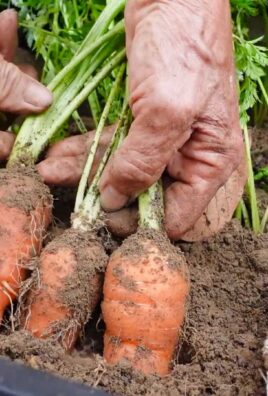
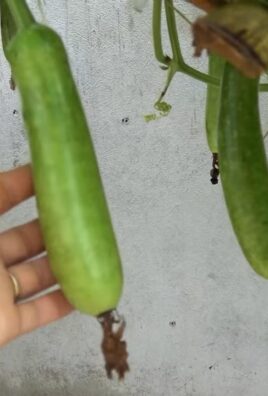
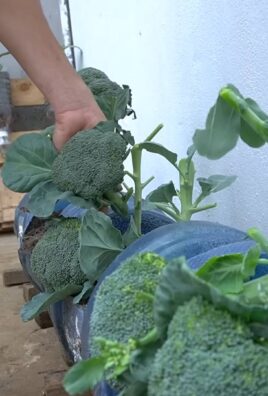
Leave a Comment